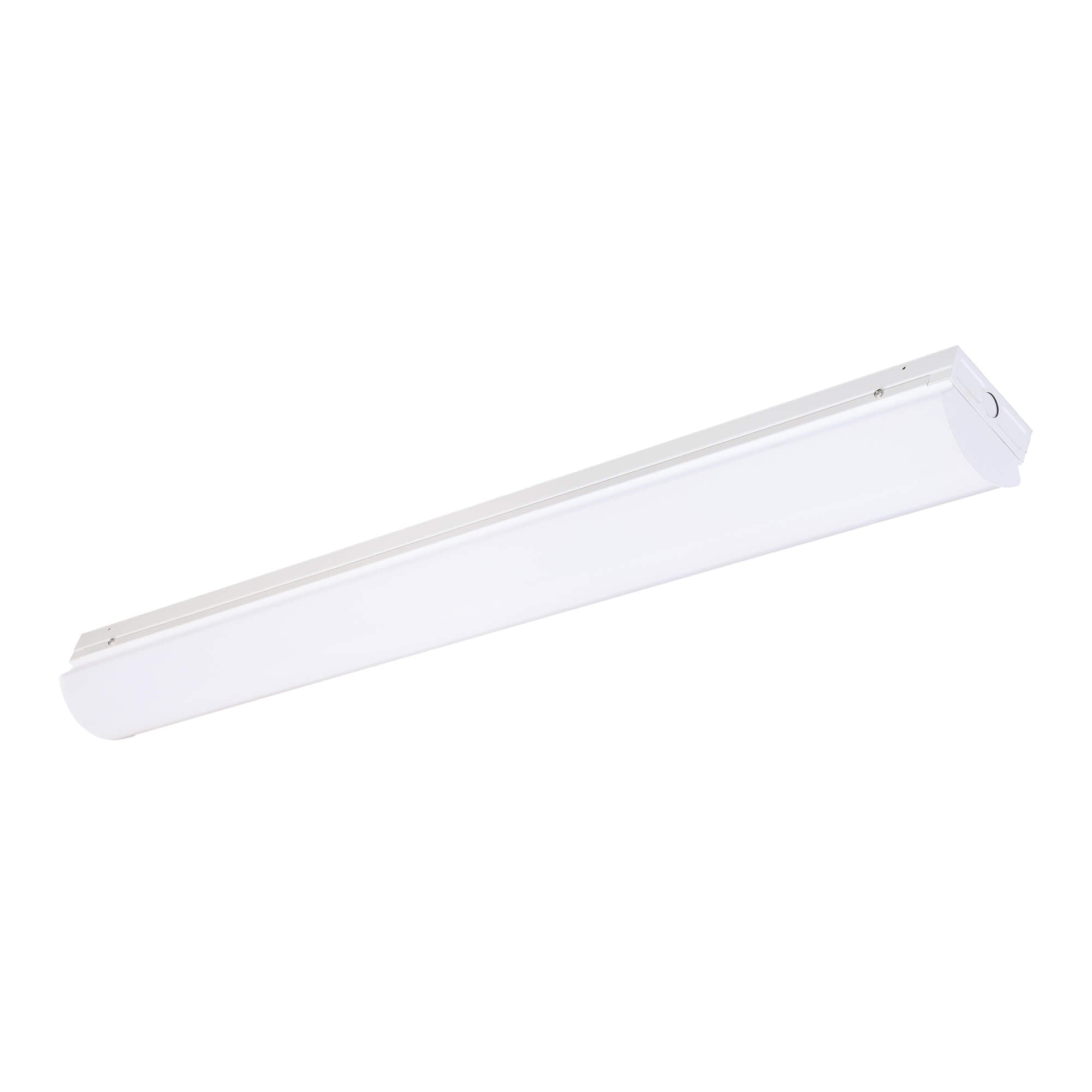Illuminate Your Retail Space: Discover the Secret to Stunning LED Strip Lighting!
As retail environments continue to evolve, the importance of effective lighting cannot be overstated. One of the standout solutions gaining traction in the industry is LED strip lighting. Offering a blend of energy efficiency, versatility, and aesthetic appeal, LED strip solutions are transforming how retailers illuminate their spaces. These lighting strips, with their sleek designs and customizable features, can enhance the visual merchandising of products while creating an inviting atmosphere for customers. In this article, we’ll delve into the world of LED strip lighting, comparing various options available to help you make an informed decision for your retail interior.

Understanding LED Strip Lighting
LED strip lighting consists of flexible circuit boards embedded with light-emitting diodes (LEDs), allowing for a variety of applications in retail settings. These strips come in different types, including single color, RGB (red, green, blue), and addressable strips, each offering unique features and capabilities. Single-color strips provide consistent illumination, while RGB strips allow for a spectrum of colors to be displayed, perfect for dynamic displays. Addressable strips enable individual control of each LED, facilitating intricate lighting designs that can change based on customer interaction or time of day.
The advantages of LED technology over traditional lighting solutions are significant. LEDs consume less electricity, have a longer lifespan, and generate less heat, making them not only cost-effective but also safer for various retail applications. For instance, a friend of mine who operates a boutique store recently switched to LED strip lighting. He noted that not only did his energy costs drop, but customers were also drawn to the vibrant displays he created with the new lighting. This experience underscores the impact that LED strip lighting can have on retail environments.
Factors to Consider When Choosing LED Strip Solutions
Selecting the right LED strip lighting for your retail space involves evaluating several key factors. Brightness is crucial; too dim, and customers may overlook products, too bright, and it can create an uncomfortable atmosphere. Color temperature also plays a significant role; warmer tones can create a welcoming environment, whereas cooler tones can evoke a modern, sleek feel. Flexibility in the strips is another important consideration, especially if your retail layout involves unique architectural features or displays.
Ease of installation is another factor not to be overlooked. Some LED strips come with adhesive backing for straightforward application, while others may require professional installation. Quality and durability are essential, especially in high-traffic areas where lighting is subject to wear and tear. A friend who owns a small electronics shop opted for higher-quality LED strips after having issues with cheaper options that burned out quickly. Investing in quality products can save both time and money in the long run.
Creative Applications of LED Strip Lighting in Retail Interiors
LED strip lighting offers a wealth of creative possibilities for retailers looking to enhance their interior design. One popular application is highlighting merchandise. By placing LED strips in display cases or along shelves, retailers can draw attention to specific products, making them stand out to customers. This technique works particularly well for fashion retailers who want to showcase their latest collections.
Additionally, LED strips can be used to enhance architectural features, such as molding or alcoves, adding depth and interest to the overall design. A local restaurant I visited recently used LED strips to outline their bar area, creating a vibrant focal point that complemented the overall ambiance. Furthermore, these lights can also be used to create specific moods; for instance, softer lighting can create a relaxed environment, while brighter, more dynamic colors can energize a space, perfect for seasonal promotions.
Comparing Different LED Strip Lighting Solutions
When it comes to comparing different LED strip products and services, it's essential to look at performance indicators such as brightness, energy efficiency, and installation ease. Energy-efficient options can significantly reduce operational costs, making them appealing for budget-conscious retailers. Installation ease is essential to minimize downtime during the setup process, and many modern strips come with user-friendly features that facilitate quick installation.
Design flexibility is another critical factor. Some LED strips are designed to be cut to length, allowing for customization based on specific retail layouts. When searching for reliable suppliers, consider their reputation and customer feedback. Look for products that come with warranties or guarantees, as this can indicate a commitment to quality. A colleague of mine once faced challenges with a supplier who didn’t offer such assurances, leading to a frustrating experience with subpar lighting solutions.
Enhancing Retail Spaces with LED Strip Lighting
In conclusion, selecting the right LED strip lighting is a vital step in enhancing retail spaces and creating a captivating shopping experience. By understanding the different types of LED strips, evaluating key factors in their selection, and exploring creative applications, retailers can make informed decisions that not only improve aesthetics but also contribute to operational efficiency. As you consider various options, remember to prioritize quality and functionality to ensure your retail environment shines in the best light possible.









Comentarios